90% More Chances to Win Projects With Our Estimate!
- Multi-Family Building
- Hotel Building
- Hospital Building
- Warehouse Building
- School & University Building
- High-Rise Building
- Shopping Complex
- Data Center Building
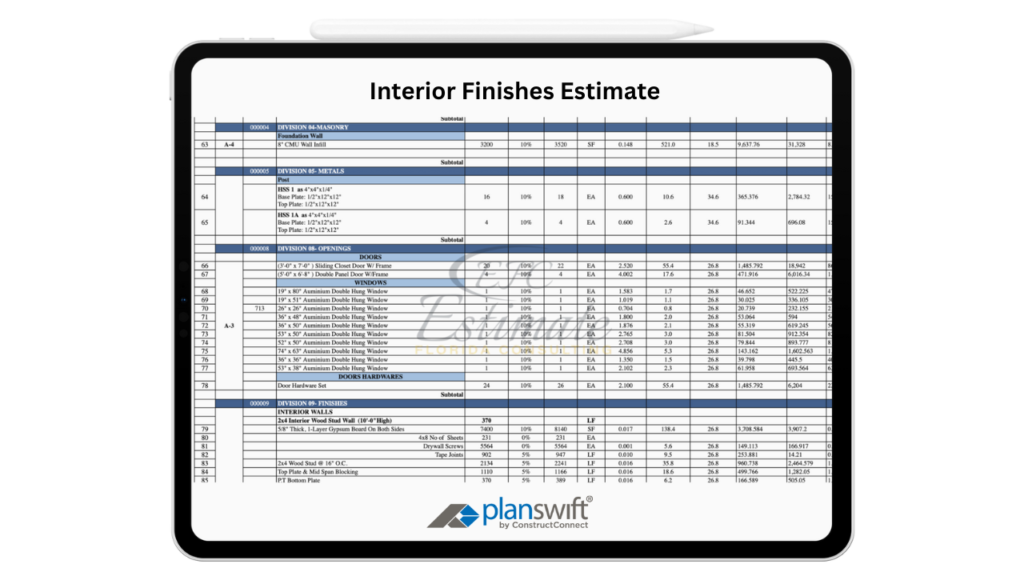
When it comes to interior construction, the cost of finishes plays a critical role in determining the overall budget. Whether you’re a general contractor, subcontractor, developer, or homeowner, understanding the costs associated with interior finishes can help you make informed decisions. This guide provides a comprehensive overview of interior finishes, including cost estimations, types of finishes, and factors influencing pricing, enabling you to optimize your project efficiently.
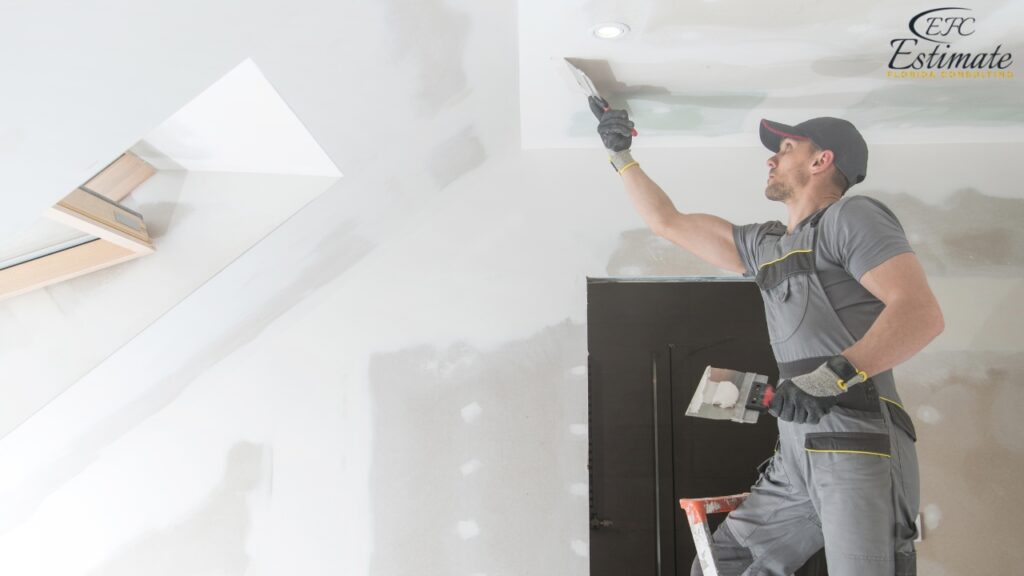
Understanding the costs associated with interior finishes is crucial for effective budgeting. Below is a detailed breakdown of costs for various interior finish options, providing a comprehensive view of what to expect when planning your project.
Type of Flooring | Cost per Square Foot | Installation Cost per Square Foot | Total Cost per Square Foot |
Hardwood | $8 – $12 | $3 – $5 | $11 – $17 |
Laminate | $2 – $5 | $1 – $3 | $3 – $8 |
Tile | $3 – $15 | $5 – $10 | $8 – $25 |
Carpet | $2 – $6 | $1 – $4 | $3 – $10 |
The choice of flooring is fundamental in interior design and can dramatically influence both the functionality and appearance of a space. Various flooring materials are available, each with unique characteristics, costs, and installation requirements. Understanding the options can help homeowners and contractors make informed decisions.
Renowned for its natural beauty, hardwood flooring adds warmth and elegance to any room. It is a durable choice that can be refinished multiple times, extending its lifespan and maintaining its aesthetic appeal. However, hardwood requires regular maintenance to protect against scratches and moisture, which can be a consideration in areas with high humidity or foot traffic.
As a cost-effective alternative to hardwood, laminate flooring mimics the look of wood but is typically less durable. It is resistant to scratches and stains, making it a practical choice for busy households. Laminate flooring is generally easier to install, making it a popular option for DIY projects. However, it cannot be refinished, which may limit its lifespan compared to more durable materials.
Tile flooring is available in various materials, including ceramic and porcelain, offering a highly durable and water-resistant option. Tiles are an excellent choice for areas prone to moisture, such as bathrooms and kitchens. While tile provides a sleek and modern look, it can be cold underfoot and may require grout maintenance over time, which should be factored into the overall cost.
Carpet is known for its soft texture and comfort, adding warmth to a space and providing sound insulation. Available in various colors and textures, carpet allows for extensive customization in design. While it is relatively affordable, carpet can be challenging to clean and may require replacement sooner than other flooring options. Additionally, it can trap allergens and dust, making regular cleaning and maintenance essential.
Type of Wall Finish | Cost per Square Foot | Installation Cost per Square Foot | Total Cost per Square Foot |
Paint | $1 – $3 | $1 – $2 | $2 – $5 |
Wallpaper | $1 – $5 | $2 – $4 | $3 – $9 |
Paneling | $3 – $10 | $2 – $6 | $5 – $16 |
Wall finishes are essential in defining the character of a space and can contribute significantly to the overall atmosphere. There are various wall finish options, each offering unique benefits and aesthetic appeal.
One of the most common wall finishes, paint offers versatility in color and finish (such as matte, semi-gloss, or high-gloss). It is relatively inexpensive and easy to apply, making it a popular choice for homeowners looking to refresh their interiors. Regular maintenance is needed to refresh and protect the paint, as wear and tear can dull its appearance over time. Additionally, using high-quality paint can enhance durability and finish quality.
Wallpaper is available in countless patterns and textures, providing the opportunity to make a bold statement or create a subtle backdrop. The installation process can be more complex compared to paint, and while it offers a unique look, removing or changing wallpaper can be a challenging task. High-quality wallpaper can last for many years, but it requires care and maintenance to keep it looking fresh.
Wood or composite paneling adds a classic look to any space, enhancing both aesthetic appeal and insulation properties. Paneling can help reduce noise levels and create a warm atmosphere. However, it can be more costly, especially if using high-quality materials or custom designs. Choosing the right type of paneling can transform a room, but careful consideration of style and material is crucial for achieving the desired effect.
Type of Ceiling Finish | Cost per Square Foot | Installation Cost per Square Foot | Total Cost per Square Foot |
Drop Ceiling | $2 – $5 | $1 – $2 | $3 – $7 |
Painted Ceiling | $1 – $3 | $1 – $2 | $2 – $5 |
Coffered Ceiling | $10 – $25 | $5 – $10 | $15 – $35 |
Ceilings are often an overlooked element in interior design, yet they play a significant role in shaping the overall aesthetic and ambiance of a space. There are various ceiling finish options that can enhance the look and feel of a room.
Popular in both commercial and residential spaces, drop ceilings allow for easy access to electrical and plumbing systems. They come in various styles and materials, making them adaptable to different aesthetics. While they are functional, drop ceilings may not offer the same level of visual appeal as other ceiling options.
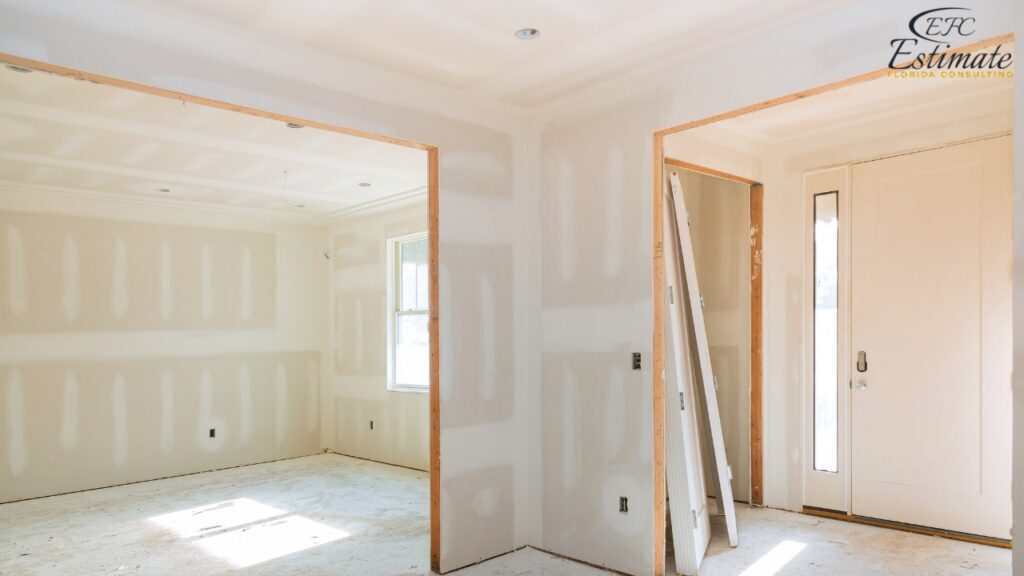
A simple yet effective way to enhance a space, painted ceilings can create an illusion of height or intimacy. Dark colors can make a room feel cozier, while light colors can make it feel more spacious and airy. Painting a ceiling can be an affordable way to add visual interest, but it may require careful preparation to ensure a smooth and professional finish.
Offering a touch of luxury, coffered ceilings feature a grid of recessed panels that create depth and interest. They require skilled craftsmanship and can significantly increase installation costs, but they add immense value to a home. The intricate design can enhance the visual appeal of any room, making it an excellent choice for dining rooms or living areas.
Type of Trim/Molding | Cost per Linear Foot | Installation Cost per Linear Foot | Total Cost per Linear Foot |
Baseboard | $1 – $5 | $0.50 – $2 | $1.50 – $7 |
Crown Molding | $3 – $15 | $1 – $4 | $4 – $19 |
Chair Rail | $2 – $10 | $0.50 – $3 | $2.50 – $13 |
Trim and molding serve as the finishing touches in a room, enhancing the overall look and feel. They come in various styles and materials, each adding its own character to a space.
Baseboards protect walls from damage while providing a finished look. Available in various materials, including wood and MDF, baseboards can be simple or ornate, depending on the desired style. Choosing the right size and style can make a significant impact on the overall aesthetic.
Crown molding adds elegance to a room by bridging the gap between the walls and the ceiling. It is available in various styles, from simple designs to intricate patterns. While crown molding can be a cost-effective way to enhance a space, installation can be labor-intensive, particularly for custom designs.
Chair rails can serve both decorative and functional purposes, protecting walls from furniture damage while adding a design element. They can be painted or stained to match the room’s decor, and they create a visual separation between different wall treatments.

Several critical factors influence the overall costs of interior finishes, making it essential for anyone involved in construction or renovation to consider them carefully.
The quality of materials selected for interior finishes is a primary cost driver. Higher-quality materials typically come with a higher price tag but offer increased durability, aesthetic appeal, and long-term value. For example, opting for solid hardwood flooring instead of laminate not only enhances the beauty of a space but also provides greater longevity and can be refinished over time. It’s important to weigh the initial costs against the long-term benefits when selecting materials.
Skilled labor is crucial for the proper installation of interior finishes. Labor costs can vary widely depending on the region, complexity of the work, and the experience of the professionals hired. In metropolitan areas, labor costs can be significantly higher due to demand and the local cost of living. It’s vital to factor in these costs when budgeting for a project, as they can account for a substantial portion of the total expenses.
The size of the project can also affect costs, as larger projects may benefit from economies of scale. Purchasing materials in bulk often leads to discounts, allowing for more efficient budgeting. Conversely, smaller projects may incur higher per-unit costs, making it essential to analyze the overall scope of work to optimize expenses.
The complexity of the design plays a significant role in labor costs. Unique or intricate designs require additional time and expertise, leading to increased labor expenses. For instance, custom moldings or detailed wall paneling may necessitate skilled craftsmanship, significantly raising the overall project budget. Understanding the design elements involved can help you anticipate potential costs and make necessary adjustments to stay within budget.
When it comes to interior finishes, a common dilemma faced by many homeowners is whether to tackle the work as a DIY project or hire professionals. Each option has its advantages and disadvantages that should be carefully considered.
Opting for a DIY approach can significantly reduce costs, as you can save on labor expenses. Many homeowners find satisfaction in completing a project themselves, allowing for a personal touch that reflects their style. However, there are challenges to this approach.
Hiring professionals offers the advantage of experience and expertise. Skilled tradespeople understand the nuances of different materials and techniques, ensuring a high-quality finish that meets industry standards. However, this option comes with higher costs.
Ultimately, the choice between DIY and hiring professionals will depend on your skill level, budget, and timeline. Evaluating the pros and cons of each approach can help you make a more informed decision that aligns with your project goals.
Managing costs effectively throughout the process of selecting and installing interior finishes is crucial for staying within budget. Here are several tips to help you achieve this:
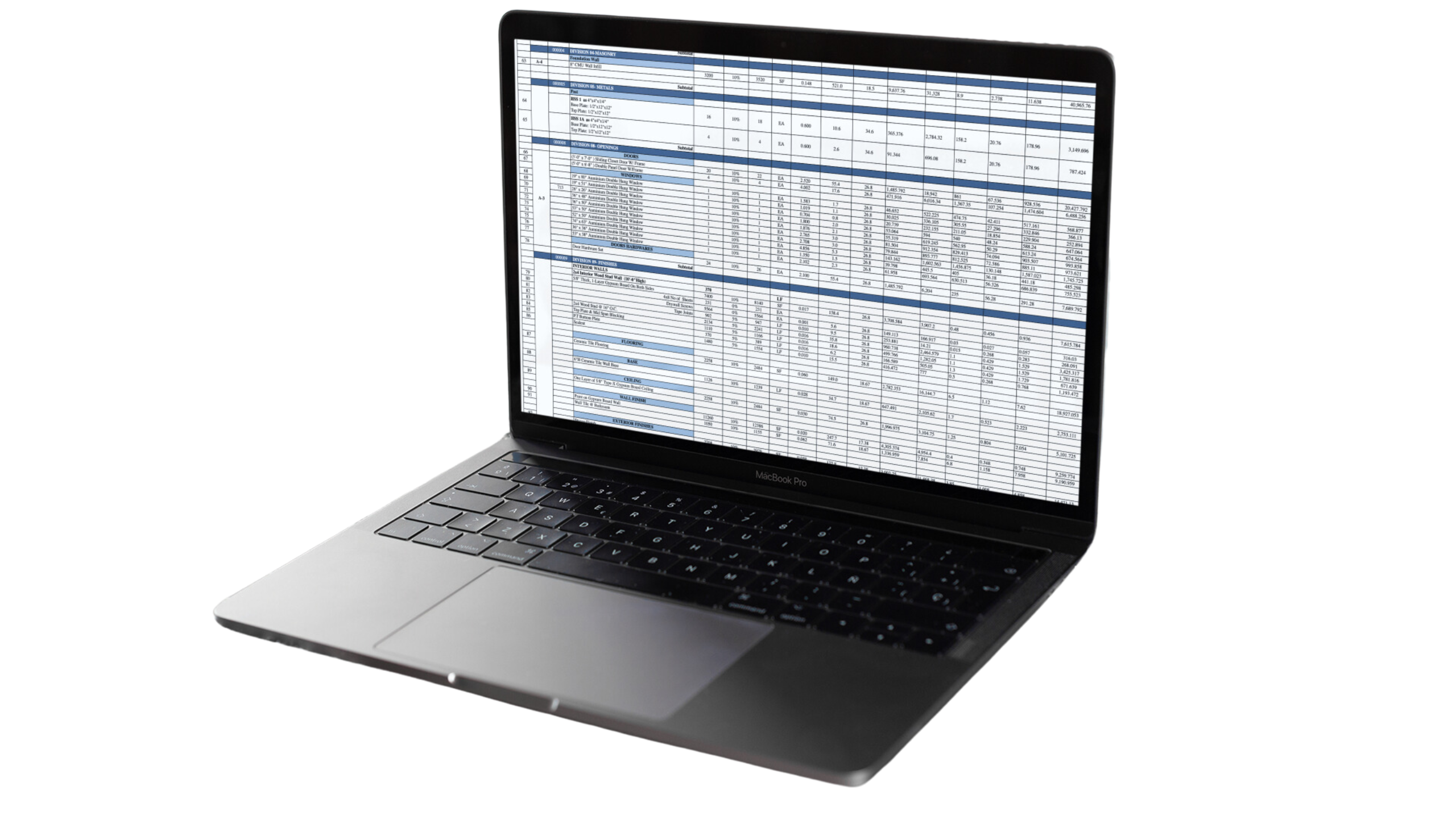
Selecting the right interior finishes for your construction or renovation project is a crucial decision that influences both aesthetics and functionality. By understanding the various types of finishes, their associated costs, and the factors that impact pricing, you can make informed choices that align with your budget and design vision. Whether you choose to undertake the project yourself or hire professionals, careful planning and consideration will lead to a successful outcome. Ultimately, well-chosen interior finishes not only enhance the beauty of a space but also contribute to its long-term value and appeal. As you embark on this journey, remember to take the time to research, plan, and execute your vision thoughtfully for a truly stunning interior.
Interior finishes refer to the materials and treatments used to enhance the appearance and functionality of a space's interior. They include flooring, wall finishes, ceiling finishes, and trim. These finishes are crucial as they significantly impact the overall aesthetic, comfort, and durability of the space, influencing both user experience and property value.
To estimate the cost of interior finishes, consider factors such as the type of finishes (e.g., flooring, paint, trim), quality of materials, labor costs, project size, and design complexity. You can use cost tables like the ones provided in the guide to calculate an approximate total based on the square footage of your project.
The average costs for various flooring types per square foot are approximately:
Yes, laminate flooring is a popular cost-effective alternative to hardwood. It mimics the appearance of wood while being more resistant to scratches and stains. However, laminate cannot be refinished, which may affect its lifespan compared to hardwood.
Several factors can influence the overall cost of interior finishes, including:
To reduce costs, consider opting for mid-range materials that offer a good balance between quality and price. Additionally, plan your project to maximize bulk purchases, minimize waste, and consider doing some work yourself, such as painting, to lower labor costs.
Common wall finishes include:
Investing in high-quality materials can be beneficial in the long run, as they typically offer better durability, aesthetics, and longevity. While the initial costs may be higher, the savings in maintenance and replacement can make them a more economical choice over time.
Ceiling finishes can dramatically influence the look and feel of a space. Options like coffered ceilings add depth and luxury, while painted ceilings can create an illusion of height or intimacy. The choice of ceiling finish should complement your overall design vision.
At Estimate Florida Consulting, we offer detailed cost estimates across all major trades, ensuring no part of your project is overlooked. From the foundation to the finishing touches, our trade-specific estimates provide you with a complete and accurate breakdown of costs for any type of construction project.
We take pride in delivering accurate, timely, and reliable estimates that help contractors and builders win more projects. Our clients consistently praise our attention to detail, fast turnaround times, and the positive impact our estimates have on their businesses.
Estimate Florida Consulting has helped us win more bids with their fast and accurate estimates. We trust them for every project!
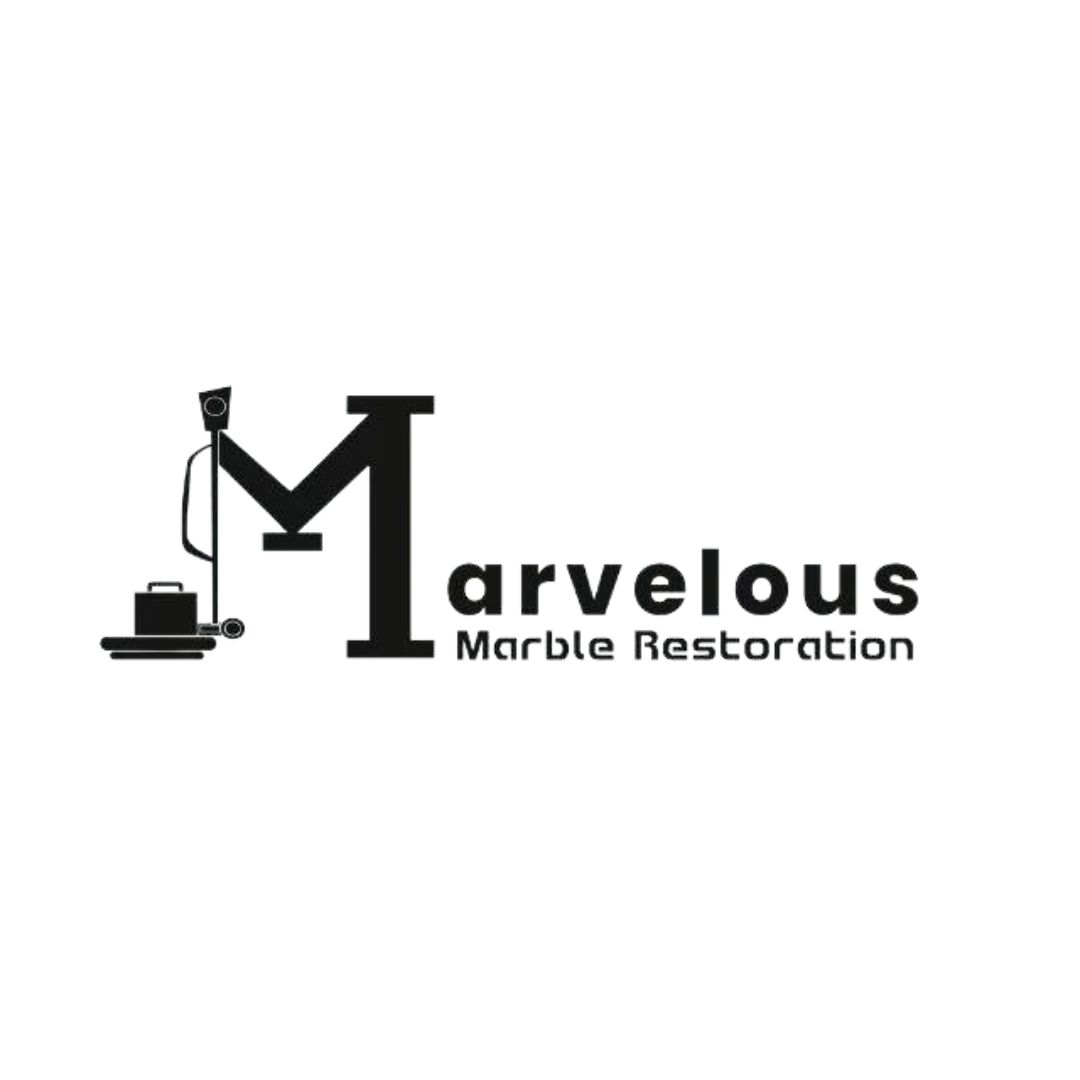
Submit your project plans, blueprints, or relevant documents through our online form or via email.
We’ll review your project details and send you a quote based on your scope and requirements.
Confirm the details and finalize any adjustments to ensure the estimate meets your project needs.
Receive your detailed, trade-specific estimate within 1-2 business days, ready for your project execution.

561-530-2845
info@estimatorflorida.com
Address
5245 Wiles Rd Apt 3-102 St. Pete Beach, FL 33073 United States
561-530-2845
info@estimatorflorida.com
Address
5245 Wiles Rd Apt 3-102 St. Pete Beach, FL 33073 United States
All copyright © Reserved | Designed By V Marketing Media | Disclaimer